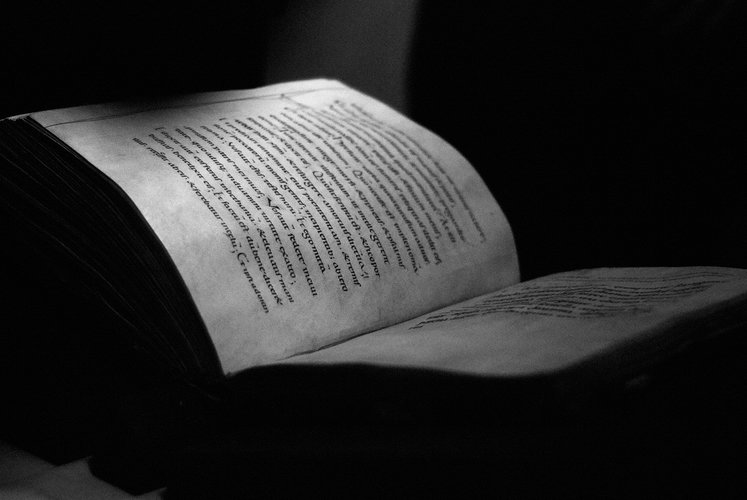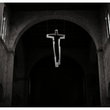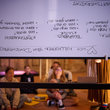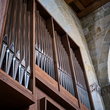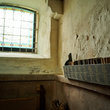What was a day like in a medieval women's community?
"Itis in prayer and worship that the community finds its identity and legitimacy. "(Schilp, Norm and Reality, p. 81).
In a convent, such as the Damenstift Quedlinburg, much emphasis was placed on the hourly prayers. These took place at different altars and with chants adapted to the day. A hymnal dating back to the 11th century from the Quedlinburg monastery has been preserved - the Quedlinburg Antiphonary. From it we know when prayers were said for whom.
The daily schedule of spiritual institutions is determined by the canonical Horen ("hours"). These are eight Horen:
- Matinsthe night hour (at 2 a.m. and is the longest hour)
- Laudsthe solemn sanctification of the morning
- Primconsecration of the day
- Tercethe hour of Christ's condemnation (between 7 and 9 a.m.)
- Sextthe noon shore (around 12 o'clock)
- Nonthe hour of Christ's death (between 3 and 5 p.m.)
- Vespersthe sanctification of the night (6 p.m.)
- Complinethe protection for the night (21 o'clock)
Lauds and Vespers derive from Jewish synagogue worship, as do the "minor" Horen, which are Jewish meditation times but named after Roman clock times. Prim and Compline, on the other hand, are new Horen.
In addition to the prayers, there was much study. In addition to reading and writing, mathematics, Latin, diplomacy, and household (budget) management were on the schedule. The girls in the monastery were educated to govern and trained in the seven liberal arts ( grammar, rhetoric, dialectic, arithmetic, geometry, music and astronomy). Testimony to this is the presence and contents of the 12th century Quedlinburg Knotted Tapestry, which addresses, among other things, the teaching of virtue and nature, as well as ancient education.
Further reading:
Schilp, Thomas, Norm und Wirklichkeit religiöser Frauengemeinschaften im Frühmittelalter. Die Institutio sanctimonialium Aquisgrannensis des Jahres 816 und die Problematik der Verfassung von Frauenkommunitäten, Göttingen 1998 (Studies on Germania Sacra 21).
Texts by Dr. Christoph Winterer (curator of the exhibition "The Sound of Women" from 1 June 2014 to 24 August 2014 in the Collegiate Church of St. Servatii in Quedlinburg)

